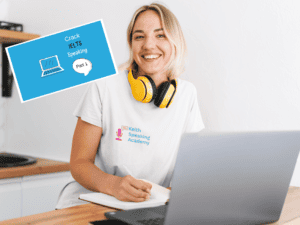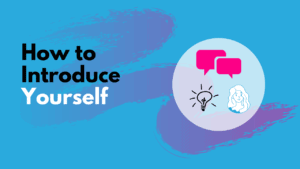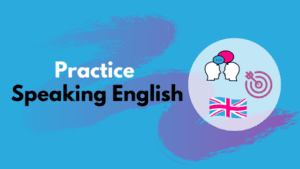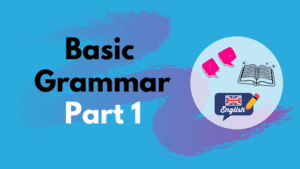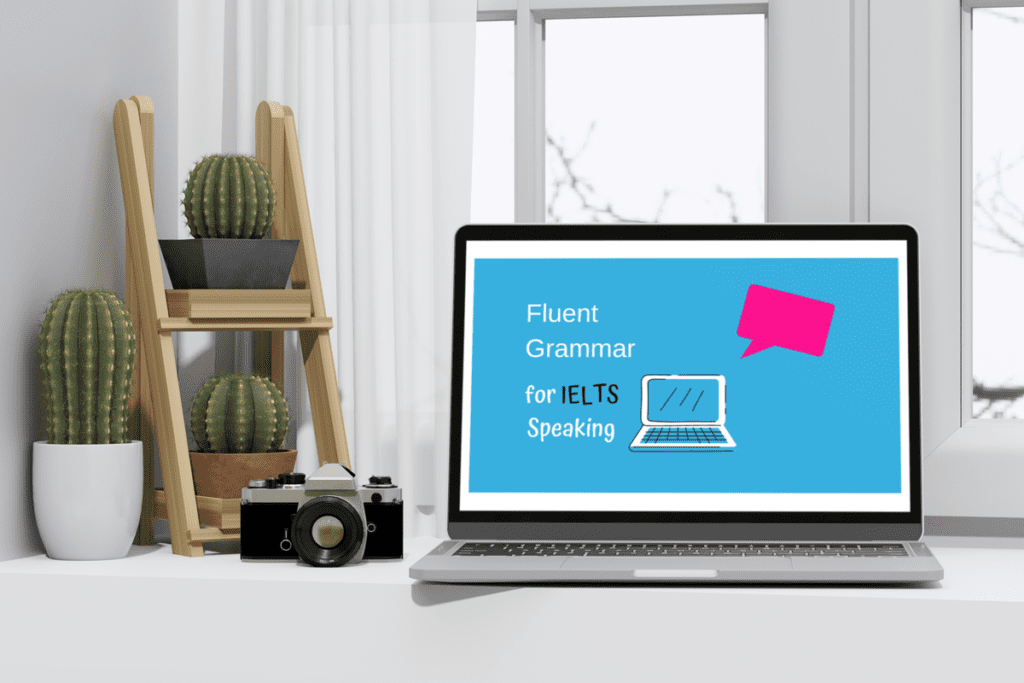👇 Take this lesson with you! 👇
Ok, you’ve got your new book, and your new course, you are ready to study English – but what do you actually do now? You need a plan and an English study routine
This lesson will guide you by showing you
- How to create a study habit
- The biggest mistake about language learning
- Some tools and technology to help you study
- A 30-minute study routine
This is the same study routine I have used to learn French, Spanish and Chinese.
Table of Contents
How to create a study habit
The most important thing is to first commit and plan. Make a decision to study English in the coming weeks. Ideally, tell a friend about your plan, so they can hold you accountable.
Next, decide how many weeks you are going to study for. Make this a realistic number for you. It can be anything from 2 weeks to 12 weeks.
After that, decide the days, time, and place you can study.
For example,
Mondays and Thursdays, at 7am (when everyone is asleep), at my kitchen table.
I recommend every time you study that you do it the same days, same time, and same place. Studying is a bit like a long distance relationship, the longer you go without contact, the harder it is to make contact. So stay in regular touch with your English study!
TIP
If somedays you feel lazy or have no time, just try studying for 5 minutes. That is better than nothing at all.
The biggest language learning mistake
You see a word or grammatical structure and you think you now know it. In reality, after studying a word once, you do not really ‘know’ it. It’s like a bird landing on a tree in your garden. You may think,
‘Great, I have a bird!’
But you don’t!
Just like vocabulary you have just studied, it will quickly fly away, and you will forget it.
So, how do we learn a new word?
Well, to learn and ‘know’ a new word, you need to
- Understand the meaning
- Know the form
- Be able to pronounce it
- Know how it’s used
- See it in 3 or 4 contexts
- Use it in 3 or 4 contexts
Then you are on the way to really ‘knowing’ a new word. However, learning vocabulary and new grammatical structures is a long-term process. The key to learning new language is to review, review and review.
Learning new words is a bit like going out with, or dating, a boy or a girl.

The process of going out with someone can look like this
- See them
- Somebody introduces you
- Learn how they sound, see who their friends are
- Talk to them
- See them in a different context
- Get married
- Years later you discover something new about them!
The process of learning a new word can look like this
- See the word (e.g. A TABLE)
- A teacher introduces you to the word
- Learn about them (pronunciation, form, collocations – friends!)
- Practice talking
- See the word in a different context (e.g. TO TABLE AN IDEA)
- Get married!
- Years later you discover an idiom (e.g. THE TABLES HAVE TURNED)
Learning words and grammar, just like relationships, is a long-term process. The more time you spend together. The more you listen and try to understand them. The better your relationship will be!
30-minute English study routine
This English study routine has 3 simple steps.
- DISCOVER (10 mins)
- PRACTICE (10 mins)
- REVIEW (10 mins)
1. Discover
First of all we are going to discover some new language.
It’s important to learn new language in context, so try to avoid word lists, or lists of synonyms.
To start, find a short text and read it.You can search for a text with Google, based on a topic you want to study, for example ‘Photography’

You can also use ChatGPT to get some ideas
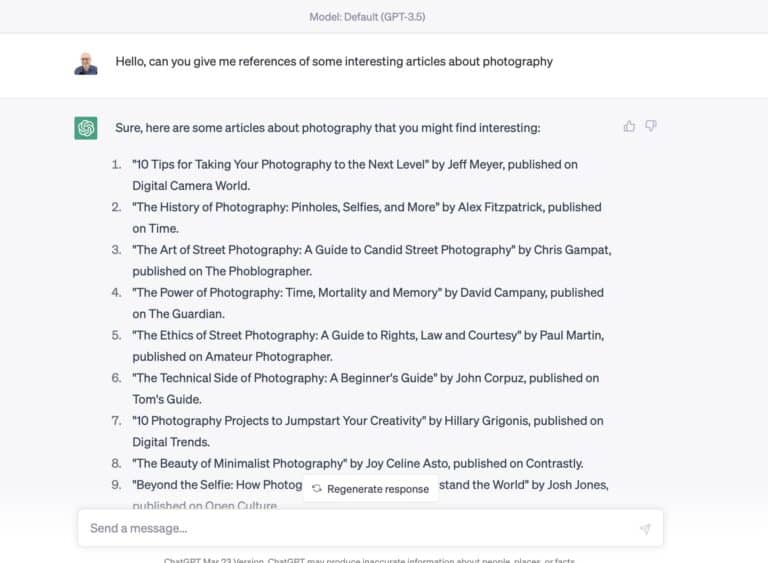
If you find a long article, just choose 1 to 2 paragraphs.
Read it without stopping or looking up any new words.
Just try to get the overall meaning.
Next, note, highlight or write down just 5 key words.
Choose topic-related words, as we are focussing on improving our ability to talk about this topic. For example,
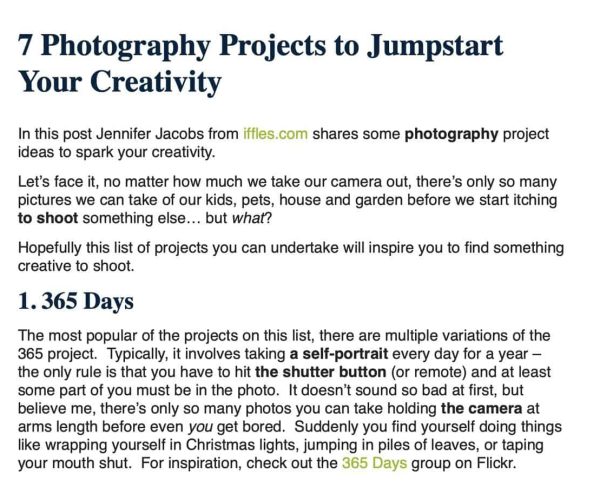
Check the meaning so you understand the words.
You can use an online dictionary like Collins or Cambridge.
You can also use a Chrome extension like Google Dictionary. This tool lets you click on any word on a website and check the meaning and pronunciation right there.
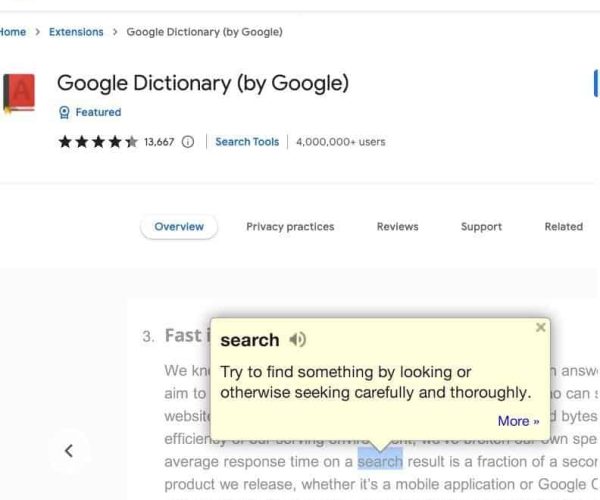
Next, for the 5 key words, make a note of the Word Form
Is it a noun, adjective, adverb, verb, preposition…?
For example, we have the word ‘shoot’ in the article. This can be a verb and a noun.
- Shoot (v.)
I like shooting landscape photos
- Shoot (n).
I have a photo shoot this afternoon for my university graduation
Also note the Collocations
These are the other words that often go together with a word.
For example, if we take the word ‘portrait’ we can see in the text it is used together with ‘self’ and also the verb ‘to take’
Portrait
a self-portrait
taking a self-portrait
Next, for the 5 words you chose, underline or highlight the complete collocation phrase.
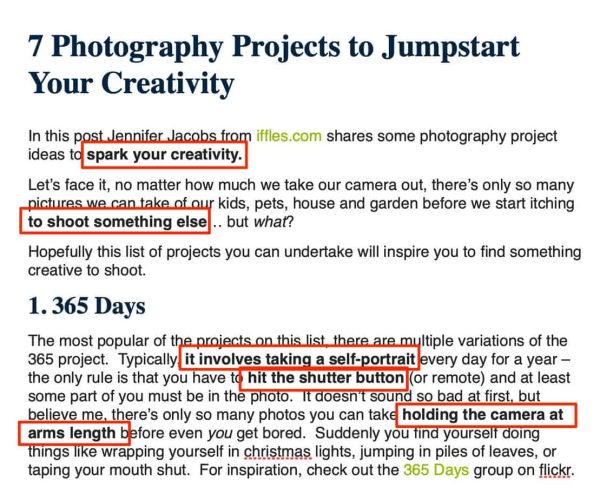
The final step of the Discover section is a preparation step for reviewing later.
Make a gap-fill (often called a Cloze) of the text.
Copy and paste the text from the website onto a document, and then blank out some of the key words, especially words or collocations you are learning.
It can look something like this:
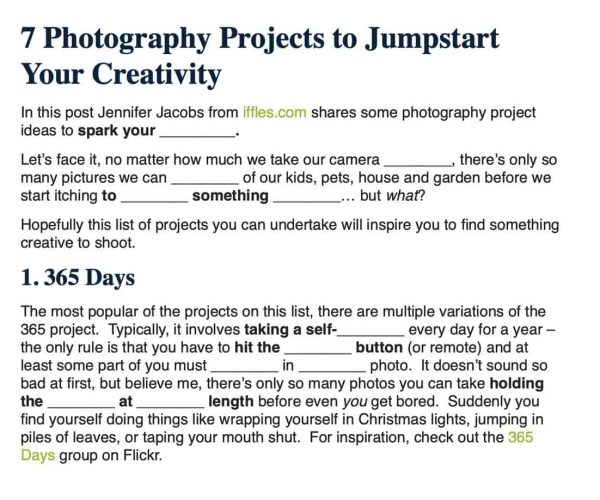
2. Practice
In the practice stage, we are going to start repeating and using these new words and phrases.
First, listen to the text. To do this, you can use any text to speech software. The one I use is Speechify. It is also available as a Chrome extension tool. You can choose the voice, accent, speed and even extracts of the text that you want to be spoken. So, once you have set up the software, close your eyes, and just listen.
Next, use the Google Dictionary Extension to click on the 5 key words and repeat them aloud. Then, use speechify to highlight the collocation phrases and repeat them aloud
After that, take the collocation phrases and this time repeat them out loud, but changing one word.
For example,
Spark your creativity
Spark my creativity
Spark his creativity
Spark their creativity
Finally, make a new phrase with the collocation and speak it out loud. For example, for the collocation ‘spark your creativity, you might say,
I use classical music to spark my creativity
Drawing on a piece of paper helps spark my creativity
As a final step, make some new phrases that are true for you, and write them out. In my case, the following is true;
I actually use rock music to spark my creativity
I always use my phone to shoot photos when I go to a party
I don’t really like taking self-portraits
It’s hard taking a photo whilst holding the camera at arm’s length
3. Review
Now, the next part of your English study routine is to take time to review everything you have studied so far.
So, first, remember the Cloze you made? Well now, go and fill in the gaps. When done, check your answers with the original text. Notice any mistakes you made, and learn from them. Next, write out the 5 key words from memory, and try to explain the meaning. Again, check your answers with the original text.
Thirdly, write out the 5 collocation phrases from memory. As above, check your answers with the original text. Finally, take the title of the text you have been studying and copy and paste it into Youtube. See what comes up.
What you are looking for is a related video in Youtube that discusses the same topic and so may have some of the words you have been studying.
Listening to new words in new contexts and new media is an important part of deeply learning new vocabulary. If you can find a video related to the topic you are studying, just listen to it, or a part of it, for a few minutes. Just expose yourself to the language. No need to note or write down anything new.
And that is the end of the third stage!

So, in summary, this 30-minute English study routine has 3 parts
- DISCOVER (10 mins)
- PRACTICE (10 mins)
- REVIEW (10 mins)
List of tools I recommend
- Chat GPT
- Google Dictionary Extension
- Collins Dictionary
- Cambridge Dictionary
- Speechify
- Make a close with here
- Find more collocations here
- Keith Speaking Academy

